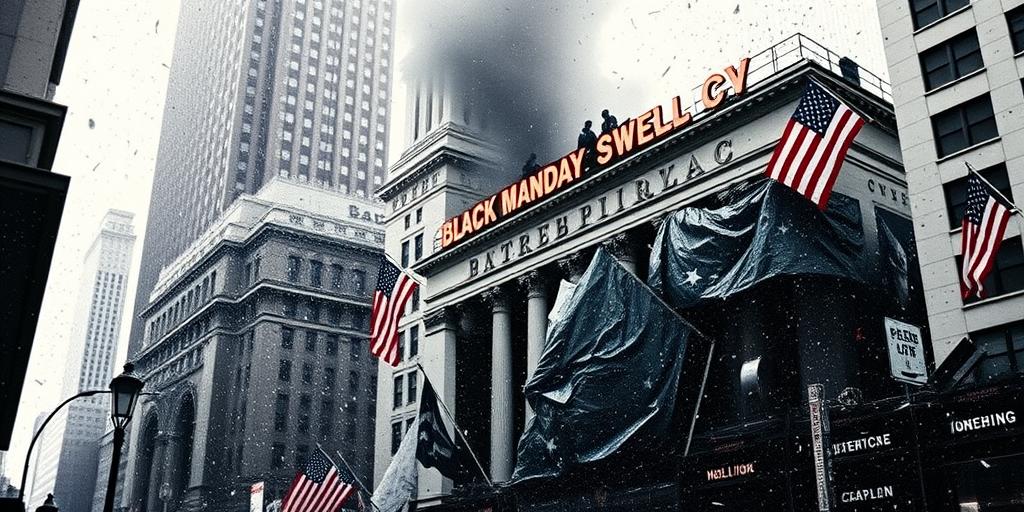Black Monday 1987: Unpacking the Global Fear That Crashed World Markets in a Day
On October 19, 1987, global stock markets experienced the largest one-day percentage drop in history. This day, forever known as Black Monday, sent shockwaves through the financial world and triggered widespread panic. Understanding the events leading up to the crash, the mechanics of the market collapse, and the aftermath is crucial for investors and anyone interested in financial history.
The Setup: A Bull Market on Shaky Ground
Prior to Black Monday, the global economy was experiencing a period of growth. However, several underlying factors contributed to a sense of unease:
- Overvaluation: Stock prices had risen significantly in the years leading up to 1987, leading to concerns about overvaluation.
- Rising Interest Rates: Central banks began raising interest rates to combat inflation, increasing borrowing costs for companies and consumers.
- Trade Deficit: The United States was grappling with a large trade deficit, adding to economic uncertainty.
- Program Trading: The increasing use of computer-driven trading programs, designed to automatically buy or sell stocks based on pre-set criteria, amplified market volatility.
The Crash: A Perfect Storm of Fear and Panic
The exact cause of Black Monday remains a subject of debate among economists. However, several factors likely contributed to the rapid market decline:
- Initial Trigger: A combination of negative economic news and concerns about overvaluation triggered an initial sell-off.
- Program Trading Amplification: As prices began to fall, program trading systems kicked in, automatically selling stocks and exacerbating the downward pressure.
- Margin Calls: Investors who had borrowed money to buy stocks (margin) received margin calls, requiring them to deposit additional funds or sell their shares. This further increased selling pressure.
- Lack of Liquidity: As panic spread, buyers disappeared from the market, leading to a lack of liquidity and making it difficult for investors to sell their shares at any price.
The Aftermath: Lessons Learned and Market Reforms
Black Monday had a profound impact on the global financial system. While the market did recover relatively quickly, the crash led to several important reforms:
- Circuit Breakers: Stock exchanges implemented circuit breakers, which halt trading temporarily when prices fall by a certain percentage. This is designed to prevent panic selling and allow investors to reassess the situation.
- Increased Regulation: Regulators increased scrutiny of program trading and other automated trading strategies.
- Improved Risk Management: Financial institutions improved their risk management practices to better manage the potential impact of market volatility.
- Greater Transparency: Increased transparency in financial markets helped investors better understand the risks involved.
Conclusion: A Reminder of Market Volatility
Black Monday serves as a stark reminder of the inherent volatility of financial markets. While the specific circumstances that led to the crash may not be replicated, the underlying factors of fear, panic, and overvaluation can still pose a threat to market stability. By understanding the lessons learned from Black Monday, investors can better prepare for and manage future market downturns.









